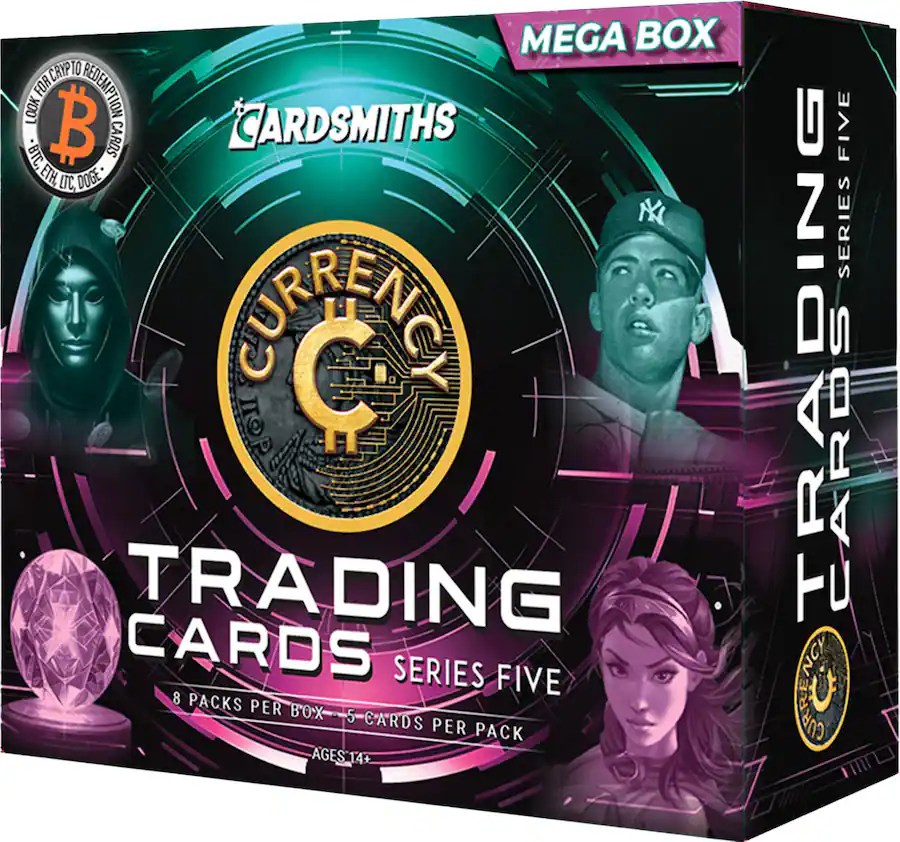Your Ultimate Hookup Resource
Explore a comprehensive directory for connections and relationships.
The Rise of Virtual Trading: Are Collectibles the Next Big Thing?
Discover how virtual trading is reshaping collectibles and find out if they could be your next big investment opportunity!
Understanding Virtual Trading: How Collectibles Are Changing the Game
Understanding Virtual Trading has become increasingly important as technology reshapes the landscape of investing. Collectibles, once limited to physical items like stamps, sports cards, and coins, are now finding a new home in the digital world. Virtual collectibles, often associated with Non-Fungible Tokens (NFTs), allow users to own unique digital assets. This transformation is not only making it easier for collectors to showcase their prized possessions online but is also opening up new revenue streams for artists and creators. As this market continues to grow, traditional collectors are re-evaluating their strategies to stay relevant in the age of virtual trading.
The rise of virtual trading has sparked a cultural phenomenon where authenticity and rarity are paramount. Unlike physical collectibles, which can suffer from wear and tear, virtual collectibles are protected on the blockchain, providing irrefutable proof of ownership and provenance. Understanding virtual trading means recognizing the role of platforms that facilitate these transactions and the importance of community in this new space. Many investors are drawn to collectible trading as a speculative venture, while others appreciate the art and entertainment value. Regardless of motivation, the shift to digital collectibles is undeniably changing the game for both collectors and investors alike.

Counter-Strike is a popular first-person shooter game that emphasizes teamwork and strategy. Players can enhance their gaming experience by using various resources; for example, you can check out the csgoroll promo code for exciting bonuses. The game has different modes, but its core mechanics focus on completing objectives, such as defusing bombs or rescuing hostages.
Are Digital Collectibles the Future of Investment? A Deep Dive
The emergence of digital collectibles has sparked a significant shift in the investment landscape, inviting both curiosity and skepticism. As blockchain technology gains traction, assets such as non-fungible tokens (NFTs) have transformed the way we perceive ownership and value. Unlike traditional investments, which rely heavily on physical assets or established markets, digital collectibles offer a unique blend of scarcity, provenance, and community engagement. In an age where digital presence is paramount, enthusiasts are increasingly turning to digital collectibles not just for enjoyment, but as a serious investment avenue.
With platforms rapidly evolving to facilitate the buying, selling, and trading of digital collectibles, investors are now presented with opportunities that were previously unfathomable. From virtual art and music to digital real estate and gaming assets, the range of collectibles available is expanding. However, as with any investment, risks exist; the market can be volatile, and valuations can fluctuate dramatically. It’s crucial for investors to conduct thorough research and stay informed about trends and market dynamics as they explore the potential of digital collectibles as a future investment strategy.
What You Need to Know About Virtual Trading and Its Impact on Collectible Markets
Virtual trading has transformed the way collectible markets operate by utilizing digital platforms to simulate real-world trading without the financial risks. With the rise of blockchain technology, many collectors are now able to buy, sell, and trade collectibles such as trading cards, digital art, and other memorabilia in a virtual environment. This shift not only provides ease of access but also creates a global marketplace where enthusiasts can connect and transact beyond geographical limitations. Furthermore, platforms that offer virtual trading often include features such as real-time analytics and price tracking, giving users a more informed approach to their investments.
The impact of virtual trading on collectible markets is substantial, leading to both opportunities and challenges for collectors. On one hand, it democratizes access to collectibles for a wider audience, allowing newcomers to enter the market with lower upfront costs. On the other hand, it can lead to market fluctuations that mirror speculative trading behaviors, concerns over authenticity, and potential oversaturation in certain sectors. As this digital trend continues to evolve, collectors must stay informed about best practices and emerging technologies to navigate the evolving landscape effectively.